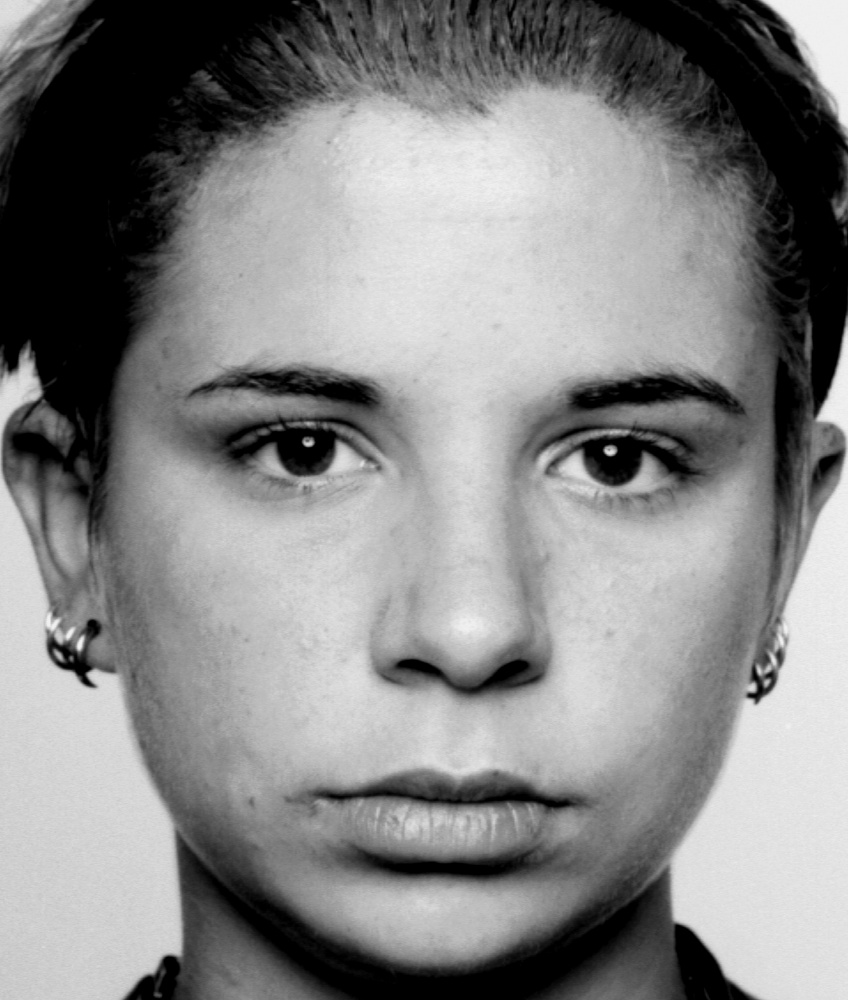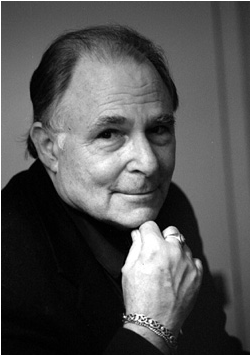


Emotion in the human face: Guidelines for research and an interaction of findings. Palo Alto, CA: Consulting Psychologists Press.Įkman, P., Friesen, W.
PAUL EKMAN FACIAL EXPRESSIONS MANUAL
Manual for the facial action coding system. Englewood Cliffs, NJ: Prentice Hall.Įkman, P., & Friesen, W. Journal of Personality and Social Psychology, 17 124–129.Įkman, P., & Friesen, W. Constants across cultures in the face and emotion. The repertoire of nonverbal behavior: Categories, origins, usage, and coding. Lincoln: University of Nebraska Press.Įkman, P., & Friesen, W. Cole (Ed.), Nebraska Symposium on Motivation, 1971, Vol. Universals and cultural differences in facial expressions of emotion. Read each of the scenarios above, and then pick the picture below that you think best illustrates what would be on the face of the person in the story.Buck, R. This was later reversed for westerners judging the Papua New Guinea faces. The tribesmen/women would then point to a photograph from a western face that they felt would most likely be displayed on the face of the person in the story.

This lead Ekman to the highlands of Papua New Guinea to meet a remote, primitive tribe called the Fore. No TV, no magazines, no tourists? If facial expressions of emotion were learned from parents and teachers, then surely a stone-aged tribe would have an entirely different way of communicating emotion than those in western societies? Why not go and find a culture that has been completely isolated from the rest of the world. To test this theory, Ekman came up with a solution.
PAUL EKMAN FACIAL EXPRESSIONS TV
He asked – ‘What if these five cultures had all grown up watching the same movies and tv shows’? Could it be that the reason they all agree is they have learned these expressions from the same place? Could the reason for their agreement be their similar background and experiences? Learned from media or actors for example? While this was a big step towards Darwin’s view that expressions of emotion are universal, Ekman was not fully convinced. The vast majority of the individuals from the five cultures agreed. He would then ask the groups to judge what emotion they thought was being displayed in each photograph. Ekman’s initial study consisted of showing these groups of people photographs of individuals displaying different facial expressions of emotion. The first cultures Ekman studied were based in the following countries – Chile, Argentina, Brazil, Japan and the United States.ĭr. Ekman set out on a research quest that would take him around the world to study the facial expressions of many different cultures to see if Darwin’s universality argument could be countered. For instance, if you were born and raised in America, you would display very different facial expressions of emotion than if you grew up in Asia. Ekman believed that expressions were socially learned, and therefore culturally variable. Ekman began researching facial expressions of emotions across cultures, he initially had the opposite view to Charles Darwin. Paul Ekman and his team did their research on the universality of facial expressions, that we began to see substantial evidence that Charles Darwin’s theory was indeed, correct. It wasn’t until the late 20th century when Dr. At the time, the majority of the scientific community disagreed with this theory. Back in the late 1800’s Charles Darwin was the first person to suggest that facial expressions of emotion are the same wherever you go in the world, that they are innate.


 0 kommentar(er)
0 kommentar(er)
